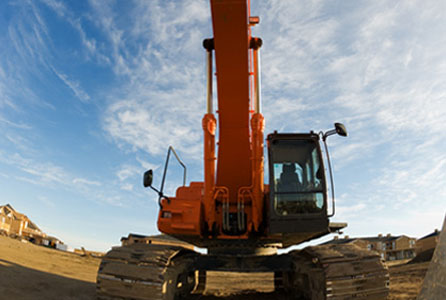
Demolition Regulations
The construction and demolition industry in a way go hand-in-hand, although they are very different from each other. Construction is the process of building a structure while demolition is the process of wrecking or slowly deconstructing a structure. Constructions goes up and demolition comes down. Regardless, the need for demolition services is very high as there is always going to be a reason for structures to come down regardless of the reason for such.
OSHA Plays a Part in Demolition Safety
OSHA, the Occupation al Safety and Health Administration has created a number of demolition regulations that should always be followed in order to maintain supreme safety on the job site during every working minute. The rules are in existence for a reason – to protect ourselves and others so that at the end of the day, we can go home to be with our families and friends.
Below, we will discuss a few of the top demolition regulations set forth by OSHA. You may think to yourself, “Well, I know to do that!” but you’d be surprised at how many people wouldn’t think twice about it and go into a demolition work site without proper protection or safety precautions in hand. Now, while they can’t all be discussed here, that doesn’t mean they are not important.
PPE – Personal Protective Equipment
OSHA requires that all workers on a demolition site wear protective gear, which is known as PPE or personal protective equipment. This includes but is not limited to head protection and respiratory protection. Head protection consists of some type of hard hat so that in the circumstance of falling debris, your head won’t as prone to injury. Respiratory protection, such as a mask, is needed when you work in areas where the air is simply not safe or adequate to inhale. Usually, this pertains to confined spaces with a large amount of dust, sawdust or vapors. It also includes areas where asbestos, which is a very harmful element in the construction industry, may be present.
Fall Protection and Prevention
In any construction or demolition project, there is usually a high chance that you’ll be in the air whether it is on a ladder, the roof or on scaffolds. Regardless of what type of equipment you are using, it is important that you take proper precautions to ensure the safety of the worker(s).
- Ladders: OSHA requires that a ladder be a proper distance away from any wall to avoid too steep of a climb and to prevent the possibility of a fall taking place.
- Scaffolds: Scaffolds can be very dangerous. They need to be secured properly and the worker needs to have some sort of harness in case of a fall.
- Roofs: Not all companies will require that some form of safety line be worn when on the roof, but some companies will simply as a safety precaution. In addition, workers should not walk or move along the edges of the roof to protect themselves from the possibility of a fall.
